X-ray photoelectron spectroscopy
The Thermo Scientific Nexsa G2 X-Ray Photoelectron Spectrometer (XPS) System offers fully automated, high-throughput surface analysis, delivering the data to advance research and development or to solve production problems. The integration of XPS with ion scattering spectroscopy (ISS), UV photoelectron spectroscopy (UPS), reflected electron energy loss spectroscopy (REELS), and Raman spectroscopy, allows you to conduct true correlative analysis. The system now includes options for sample heating and sample biasing capabilities to increase the range of experiments now possible. The Nexsa G2 Surface Analysis System unlocks the potential for advances in materials science, microelectronics, nanotechnology development, and many other applications.

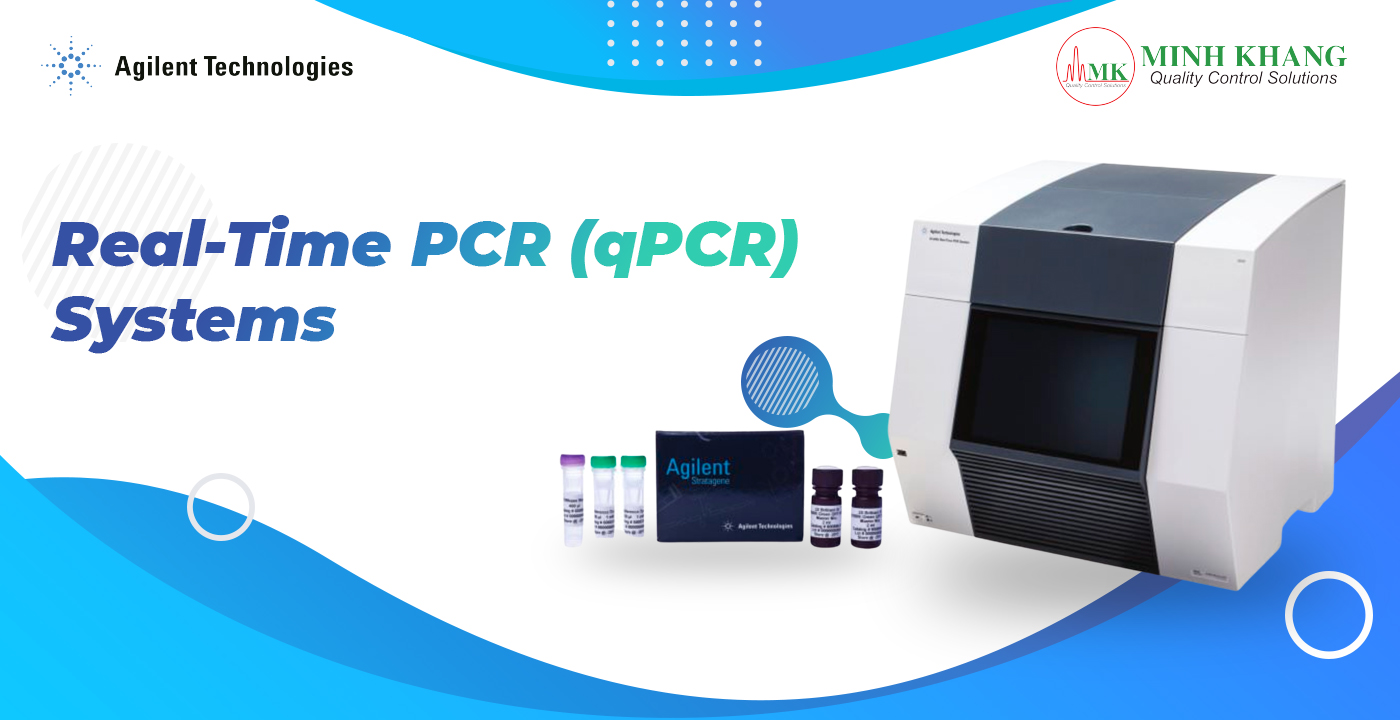
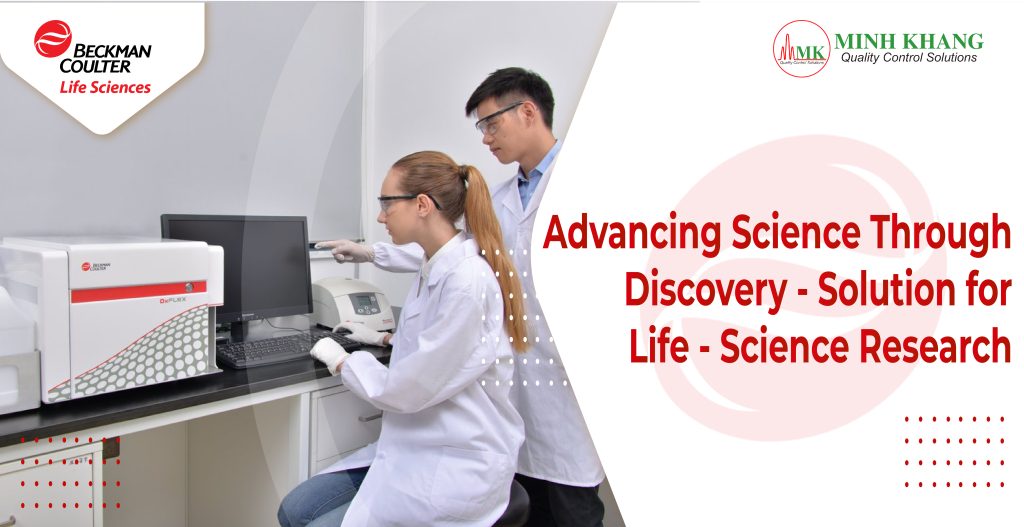
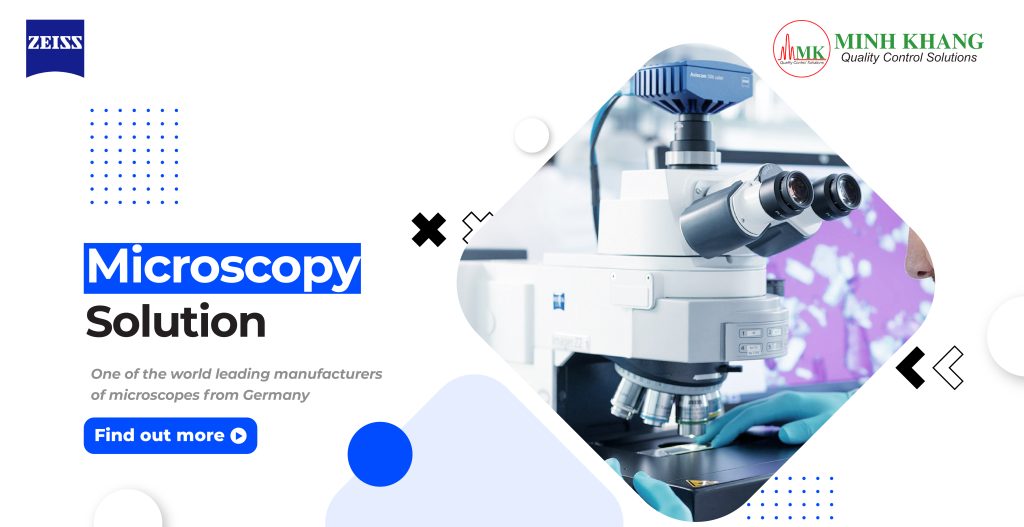
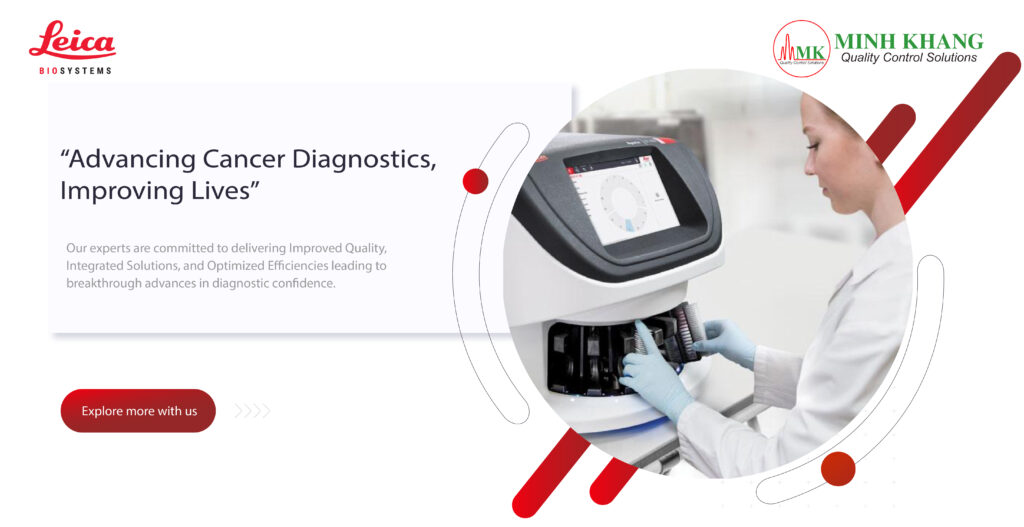
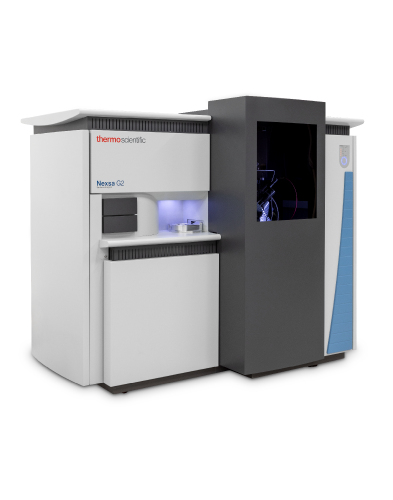













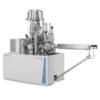

 VI
VI